The Stonewall Riots
Everyone is welcome!
Whether you identify as an Ally or a member of the LGBT+ community, A&M’s EMEA LGBT+ employee resource group is an opportunity to connect with colleagues in celebration of diversity and inclusion. The group was founded in 2019 by two employees as a grassroots initiative, and continues today as a vehicle to promote acceptance, both in attitude and in action, and to encourage all employees to proudly be their authentic selves at work. During this year’s LGBT+ history month, we have highlighted a few of the pioneering activists who paved a path for positive change and recognized some of the pivotal historical events instrumental in the campaign for equality.
This week, we take a look at the Stonewall riots, a key event in the emergence of the U.S. LGBT+ community and activism.
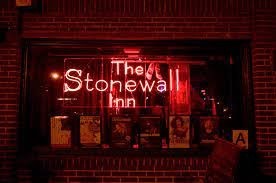
The LGBT+ community in the US before the Stonewall riots
Roughly from the late 1800s, gay bars and clubs had started to spring up in the major cities of the U.S. with Greenwich Village in New York City developing as the hub of the LGBT+ community. These bars and clubs, often hidden away, e.g. in basements or at the back of buildings, aimed to provide a safe space for LGBT+ people to meet and connect.
These places were frequently raided by police, as homosexuality was viewed as immoral and socially unacceptable. At the time, it was dangerous to publicly identify as part of the LGBT+ community, because:
• LGBT+ people were subject to public harassment, for example through publication of their names, addresses, and even workplaces in newspapers.
• LGBT+ people were subjected to criminal charges, sentenced to jail, or sent to undergo forced psychological treatment.
This made it difficult for the community to come together and stand in solidarity against society’s negative attitudes.
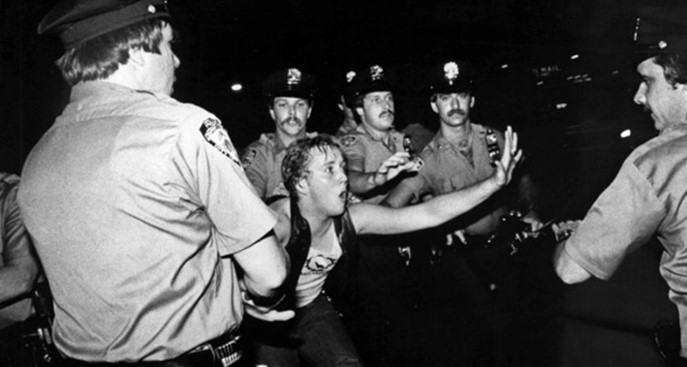
In addition, society’s negative view and harsh treatment of LGBT+ people meant that:
• Many people in the LGBT+ community themselves held negative views about their identity.
• LGBT+ people tended to hide their identity and community, sometimes entering into heterosexual marriages.
• Some LGBT+ people voluntarily underwent psychological treatment or even brain surgery.
After 1960, the LGBT+ community started to show the first signs of resistance against negative societal attitudes. The brutal police raids on gay venues started to receive media backlash. In April 1965, LGBT+ people protested in front of the White House for the first time. Protesters coined the phrase “Gay is good” which was meant to change the prevailing negative view of homosexuality.
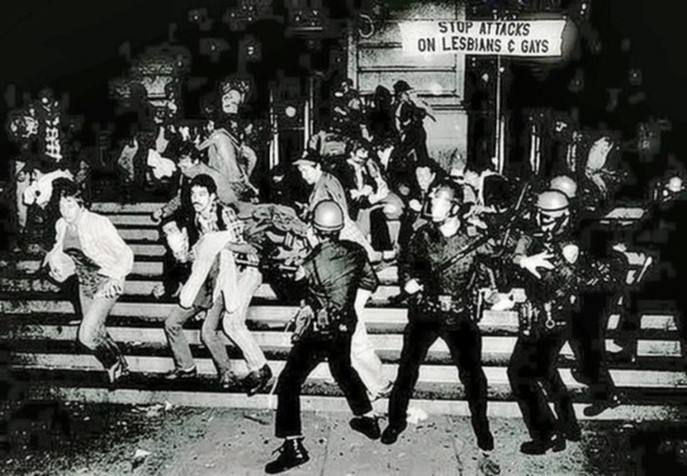
The Stonewall riots in June 1969
The Stonewall Inn on Christopher Street was a gay bar. Like most gay bars at the time, it served as a front for illegal operations of a mafia-like syndicate. As part of these operations, the police were bribed to reduce the frequency of raids while LGBT+ customers were blackmailed with threats that their sexual identity would be revealed.
What started as just another police raid on the Stonewall Inn in the early morning on 28 June, 1969, quickly escalated, as customers did not surrender to the police. Although it is difficult in retrospect to give a detailed timeline for the events of the Stonewall riots, the eviction of customers from the Stonewall Inn attracted a large crowd outside that started yelling “Gay power!”.
In particular, the brutal treatment of one lesbian by police caused the crowd to erupt. The police had to barricade themselves inside the Stonewall Inn. The crowd famously used a parking meter to try to break into the building. Police reinforcements clad in riot gear were brought in.
The protests continued for numerous nights, at times in creative, humorous and poignant ways:
• A dancing kick line of men dressed in women’s clothes opposed the police.
• A drag queen hit a police officer on the head with her purse.
• Crowds were singing “We shall overcome”.
The Stonewall Inn reopened on the day after the riots ended.
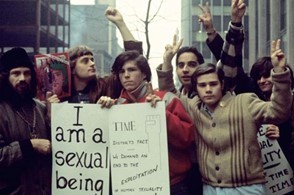
The aftermath of the Stonewall riots
Immediate press coverage of the Stonewall riots was very limited and barely visible to wider society. Media articles tended to be insulting and aimed at degrading the LGBT+ community.
Nevertheless, protestors and LGBT+ rights activists were keen to keep the momentum of the riots going to galvanize the LGBT+ community that had gotten visibly tired of hiding from society and subordinating to the police.
What ensued was a bolder form of activism than seen previously. Activist groups were formed, such as the Gay Liberation Front, the Gay Activists Alliance, and Lavender Menace. People started to march, demonstrate and speak out. This eventually gained the attention of media and politicians to raise awareness for gay rights issues.
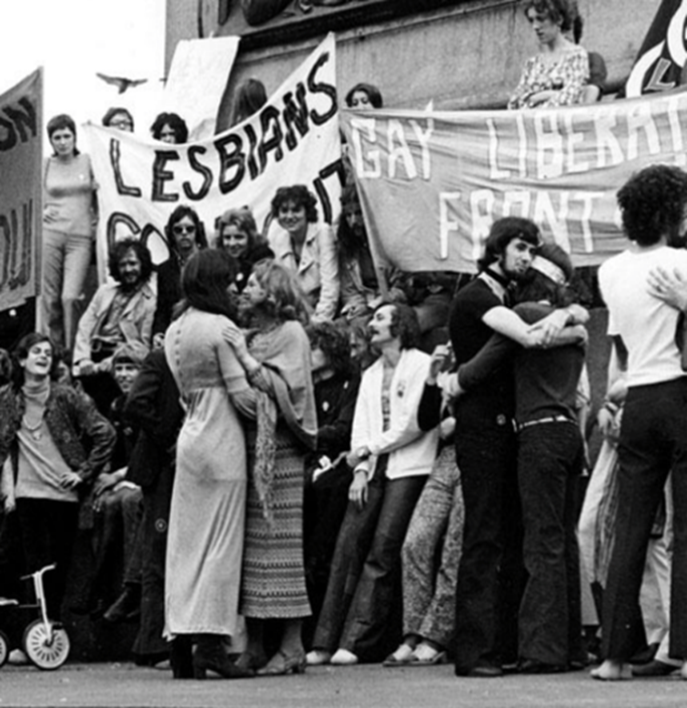
The emergence of Pride events
One year after the riots, in June 1970, the first Christopher Street liberation day was celebrated. This was introduced as an annual march to commemorate the Stonewall riots. The first annual march attracted over 2,000 people—many more than initially expected. The police did not intervene. A week-long series of events leading up to the day of the march developed, which was called “Pride”.
In the aftermath of the Stonewall riots, LGBT+ people are more accepted and visible than ever before: It is for this reason that the Stonewall riots marked the birth of the modern-day U.S. LGBT+ rights movement. The Stonewall Inn, which still is an LGBT+ bar today, was designated as a national monument in 2016.
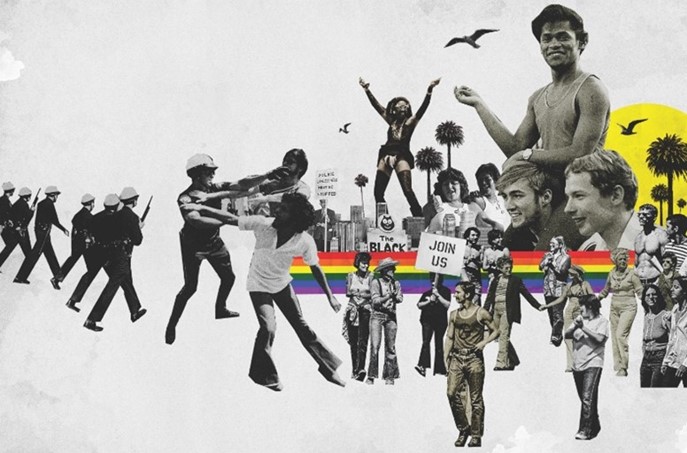
An inclusive workplace is integral to success, and while many strides toward equality have been made, progress is an ongoing team sport. Interested colleagues can leverage EMEA’s LGBT+ employee resource group as a forum to meet and connect with members, have cross-collaboration with other employee resource groups, and uplift our LGBT+ colleagues year-round.

